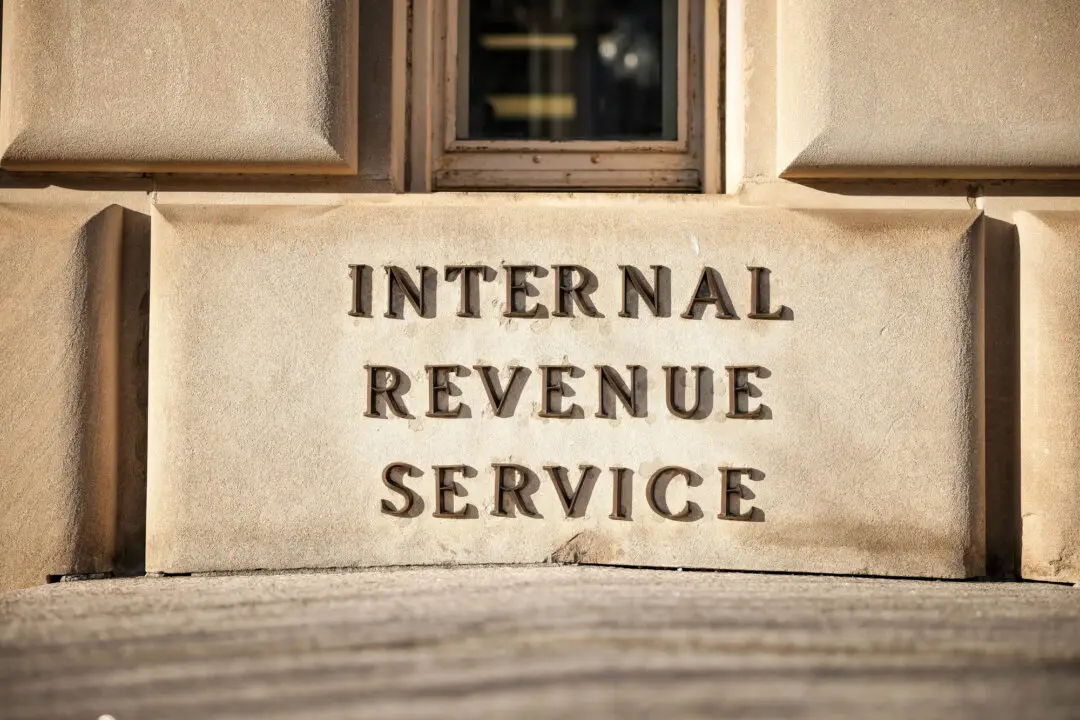U.S. small businesses have been plagued by the sting of persistently high inflation, with experts predicting little relief from high prices in the near term in an increasingly fraught economic climate with recession and stagflation fears on the rise.
According to a new report from the U.S Chamber of Commerce (pdf), nearly 9 in 10 small-business owners (88 percent) were worried about the impact of inflation in the second quarter, a problem that has risen to the top of their list of business-related concerns. That’s up from 85 percent in the first quarter and 75 percent in the last quarter of 2021.





